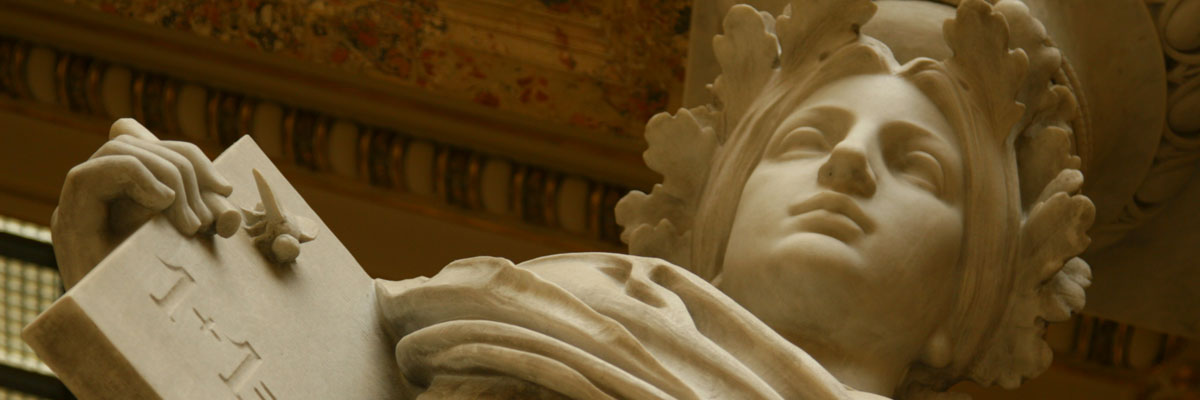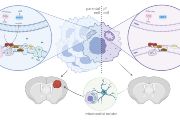
Why do brain cancer cells steal mitochondria?
28. 05. 2025
A collaborative research effort of two institutes of the Czech Academy of Sciences, the Institute of Biotechnology (IBT) and the Institute of Experimental Medicine (IEM), funded by the Czech Science Foundation, led to the discovery of new insights into glioblastoma metabolism. Recently published in Oncogene, the new study shows that horizontal mitochondrial transfer occurs in glioblastoma animal models and explains why brain cancer cells really need mitochondria with functional respiration. The study, led by professor Jiří Neužil from Laboratory of Molecular Therapy at IBT in the BIOCEV Centre, is a continuation of the efforts to describe the role and mechanism of horizontal mitochondrial transfer in cancer, a topic that has been the main focus of the group for the past several years.
Glioblastoma is the most severe adult brain cancer with a very poor prognosis despite the extensive research in the area. Lately, it has become apparent that glioblastoma cells form networks with each other and with other surrounding brain-resident cells, such as neurons or the supporting glial cells like astrocytes and microglia. These glioblastoma-brain networks provide cancer cells with protection and, as shown in this study, functional mitochondria. The study of this process can bring insights into the basic glioblastoma biology and have potential translational applications.
Astrocytes donate mitochondria to brain cancer cells
Mitochondria are not only dynamic organelles within the individual cells but they can also be shared with cellular neighbours through the process called horizontal mitochondrial transfer. It is simply a process in which one cell provides some of its mitochondria to a different cell in the absence of cell division. „We have used a special model of glioblastoma cells that have demaged mitochondrial respiration as a result of the absence of mitochondrial DNA. This allowed us to genetically prove that the cancer cells received mitochondria from the surrounding cells during the tumour growth,“ says Petra Brisudová, the main author of the study. Visualising mitochondrial networks under the microscope showed that astrocytes are able to donate mitochondria to glioblastoma cells with impaired respiration. Moreover, the team at the Department of Cellular Neurophysiology at IEM created a unique mouse model with mitochondria labelled specifically in astrocytes to prove these findings in animals in vivo.
Functional mitochondria are required for glioblastoma growth
Mitochondria without mtDNA cannot respire and function properly due to the absence of several important mitochondrial proteins. „We have previously shown that cancer cells without functional respiration have reduced ability to grow subcutaneous tumours in animals. To prove that this is also true for glioblastoma, we had to create orthotopic tumours specifically in the organ of interest, in this case the brain. With this approach we could ensure that glioblastoma cells could create all the unique interactions of the real disease microenvironment,“ adds Jiří Neužil. The team uncovered that glioblastoma cells need functional mitochondria to produce enough DNA building blocks for rapid cell proliferation. With the help of scientists from the Marche Polytechnic University in Italy, they identified oxidation od ubiquinol (reduced form of coenzame Q) as a link between respiration and nucleotide production. When glioblastoma cells with damaged respiration steal functional mitochondria from surrounding cells, they can adapt their metabolism and continue growing, giving rise to brain tumours.
In conclusion, we show here that horizontal mitochondrial transfer is important also for neuronal tumors, which further supports the notion that this process is present across the landscape of cancer.
Original article:
https://www.nature.com/articles/s41388-025-03429-6
Read also
- Embracing complexity to better forecast volcanic eruptions
- Matyáš Fendrych Receives ISTA Alumni Award
- Hidden parasites could threaten the health of endangered mountain gorillas
- 90% of mycorrhizal fungal biodiversity hotspots lie outside protected areas
- How lakes connect to groundwater critical for resilience to climate change
- A unique method of rare-earth recycling can strengthen the material independence
- High-energy cosmic rays dominated by heavy METALS
- Genome Tool Developed at CAS Featured in PLoS Genetics
- Secrets of the Nano- World: a new comic book about nanotechnology
- Teen duo from Slovakia and Czechia named Global Winner for clean water solution
The Czech Academy of Sciences (the CAS)
The mission of the CAS
The primary mission of the CAS is to conduct research in a broad spectrum of natural, technical and social sciences as well as humanities. This research aims to advance progress of scientific knowledge at the international level, considering, however, the specific needs of the Czech society and the national culture.
President of the CAS
Prof. Eva Zažímalová has started her second term of office in May 2021. She is a respected scientist, and a Professor of Plant Anatomy and Physiology.
She is also a part of GCSA of the EU.
